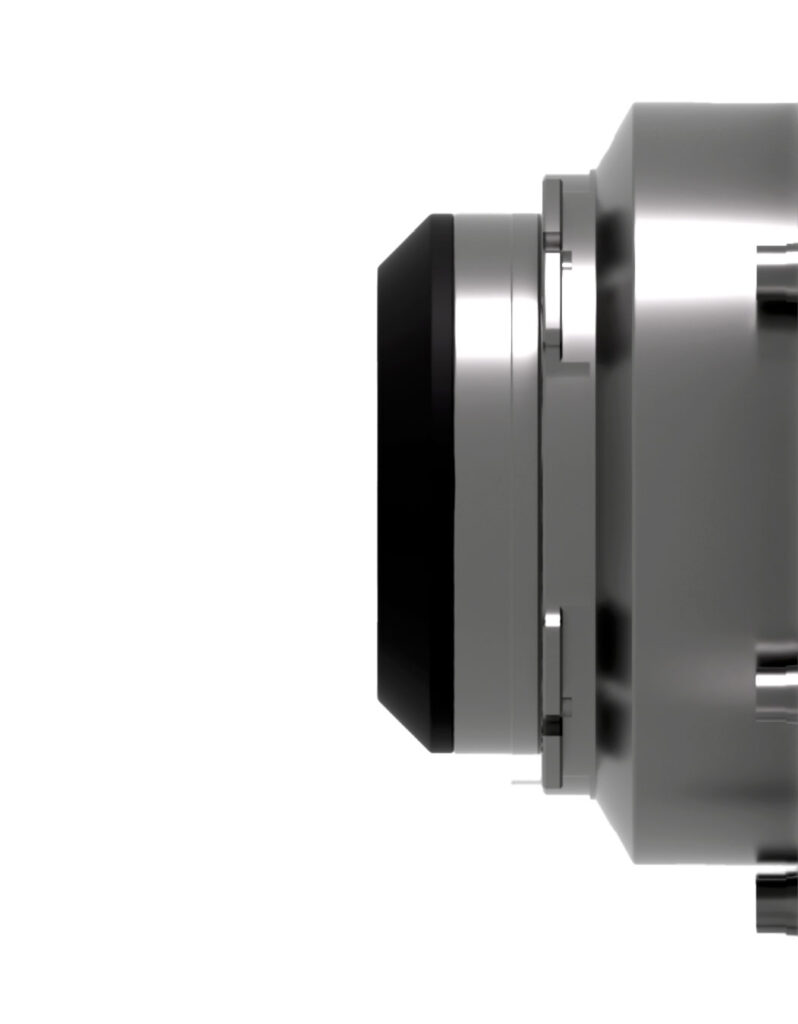As discussed in our article on back focus, the spacing between the camera sensor and the rear element of a lens must be properly calibrated in order for the lens to accurately focus to infinity and maintain sharp focus on a subject as the lens is zoomed in or out. Checking the back focus of the lens and making sure that it is properly set is important when setting up a new configuration of lens and camera, as this may affect how closely the lens is sitting to the sensor. On a calibrated parfocal lens, the focal distance set on the lens should only have to be set once, if the subject does not move. Any changes in focal length should not affect the focus.
If the image becomes less sharp as the focal length is altered, the back focus is not set correctly and should be calibrated before shooting. This process takes less than ten minutes and ideally should be performed before shooting on the lens. However, issues with back focus can also be affected by significant temperature fluctuations, even if the rig remains the same. Sometimes back focus must be altered after shooting has begun.In some circumstances, back focusing with the back focus ring on the lens is not possible. If the camera is somewhere that cannot be easily operated by hand, such as on a helicopter or SkyCam, it may not be feasible to back focus the lens in this manner. If operating in a circumstance with limited accessibility to the camera, being able to adjust back focus remotely is a valuable asset to a lens.

Much as focus and pan/tilt can be adjusted with a remote head, remote back focus allows an operator on the ground to make adjustments when it would be impossible to reach the camera itself in order to alter the setup with the back focus ring on the lens. This allows for more flexibility and safety in filming in challenging situations where the camera is rigged far from the ground or there is no safe place for operation.
Fujifilm offers a “Floating Back Focus” system on many 4K and 8K broadcast lenses that allows for remote back focusing of the lens. A servo motor is used to set back focus by an operator that can control the camera via the camera’s RCP, or remote control panel. With a standard Sony RCP, the operator can control the zoom, focus, and back focus functions of the lens, allowing for adjustments no matter the camera set up.
